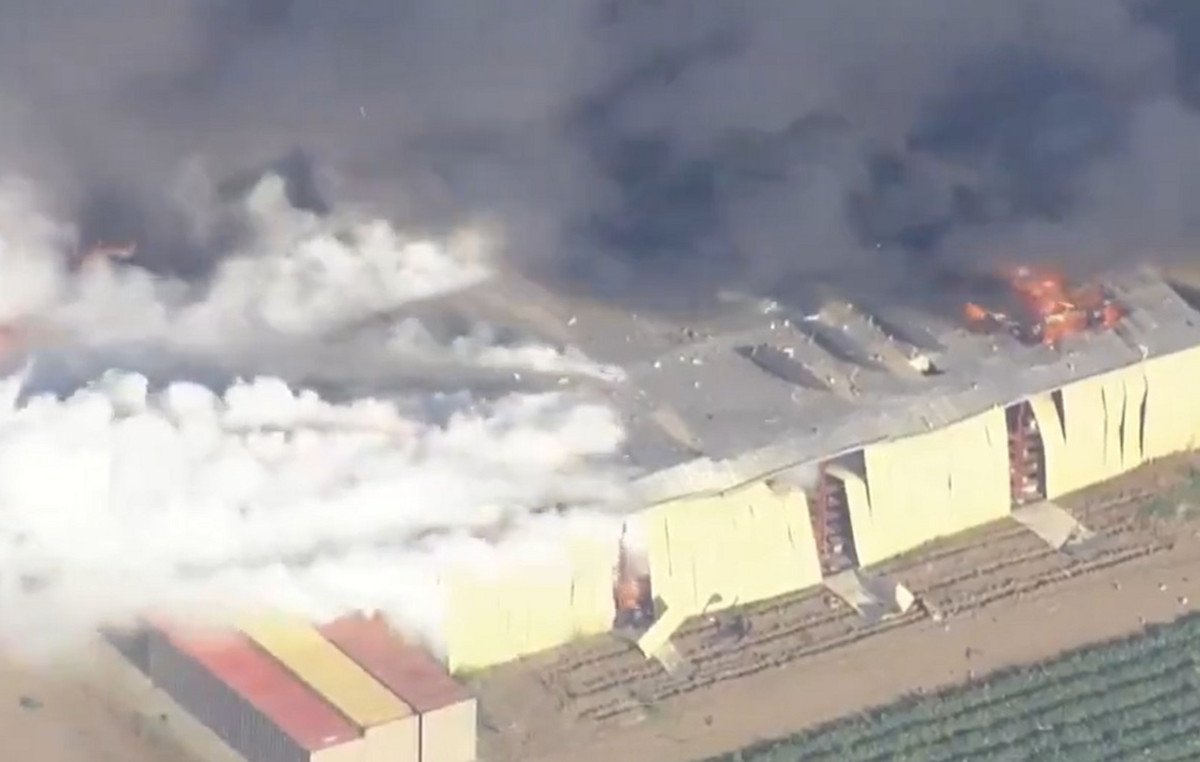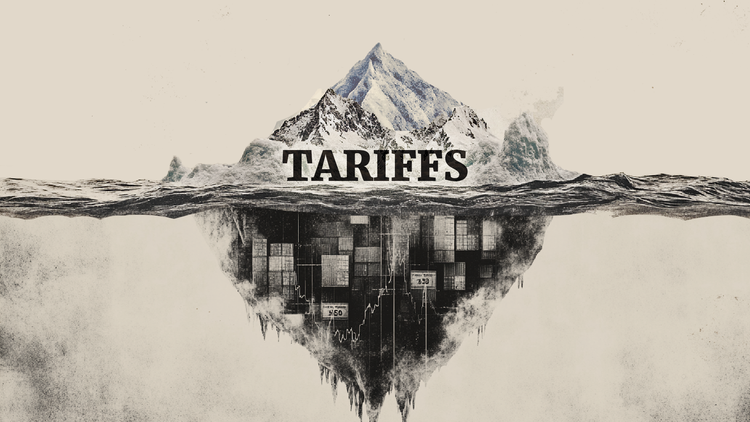- The WTI price could decrease as the concerns about the offer are relieved in the midst of optimism about a possible peace agreement between Russia and Ukraine.
- Trump administration officials will meet with their Russian counterparts in Saudi Arabia on Tuesday.
- World oil demand has increased to 103.4 million barrels per day, an increase of 1.4 million BPD compared to the previous year.
The price of the West Texas Intermediate (WTI) oil is recovered from the losses of the previous session, quoting around $ 70.60 per barrel during the Asian hours of Monday. However, crude oil prices faced winds against since optimism around a possible peace agreement between Russia and Ukraine relieved concerns about the offer. The possible elimination of sanctions to Moscow could increase the world supply of energy.
According to BBC sources, Trump administration officials are scheduled to meet with their Russian counterparts in Saudi Arabia on Tuesday to discuss a possible peace agreement. This meeting marks a significant step in the restoration of the relations between the US and Russia, after the telephone call last week between President Donald Trump and Russian leader Vladimir Putin.
Meanwhile, the delays in the reciprocal tariffs of the United States (USA) helped stabilize oil prices as investors were more optimistic about possible trade agreements. Last week, Trump ordered trade and economy officials to evaluate reciprocal tariffs on countries that impose rights on US products, with recommendations for April 1.
Reuters cited JPMorgan analysts that world demand for oil has increased to 103.4 million barrels per day (BPD), an increase of 1.4 million BPD compared to the previous year. Analysts also said, “the initially slow demand for fuels for mobility and heating increased in the second week of February, which suggests that the gap between the real demand and the projected will soon be reduced.”
In addition, US Treasury Secretary Scott Besent told Fox Business on Friday that the US is intended to reduce Iran’s oil exports to less than 10% of current levels, since the President Trump intensifies his “maximum pressure” campaign on Tehran’s nuclear program. “We are committed to reducing Iran’s exports from Iran again to the level of 100,000 barrels per day seen during Trump’s first mandate,” said Bessent.
WTI FAQS oil
WTI oil is a type of crude oil that is sold in international markets. WTI are the acronym of West Texas Intermediate, one of the three main types that include the Brent and Dubai’s crude. The WTI is also known as “light” and “sweet” by its relatively low gravity and sulfur content, respectively. It is considered high quality oil that is easily refined. It is obtained in the United States and is distributed through the Cushing Center, considered “the crossing of the world.” It is a reference for the oil market and the price of WTI is frequently traded in the media.
Like all assets, supply and demand are the main factors that determine the price of WTI oil. As such, global growth can be a driver of the increase in demand and vice versa in the case of weak global growth. Political instability, wars and sanctions can alter the offer and have an impact on prices. OPEC decisions, a group of large oil -producing countries, is another key price factor. The value of the US dollar influences the price of WTI crude oil, since oil is mainly traded in US dollars, so a weaker dollar can make oil more affordable and vice versa.
Weekly reports on oil inventories published by the American Petroleum Institute (API) and the Energy Information Agency (EIA) influence the price of WTI oil. Changes in inventories reflect the fluctuation of supply and demand. If the data show a decrease in inventories, it can indicate an increase in demand, which would raise the price of oil. An increase in inventories may reflect an increase in supply, which makes prices lower. The API report is published every Tuesday and that of the EIA the next day. Their results are usually similar, with a 1% difference between them 75% of the time. EIA data is considered more reliable, since it is a government agency.
The OPEC (Organization of Petroleum Exporting Countries) is a group of 13 nations oil producing that collectively decide the production quotas of member countries in biannual meetings. Their decisions usually influence WTI oil prices. When OPEC decides to reduce fees, it can restrict the supply and raise oil prices. When OPEC increases production, the opposite effect occurs. The OPEC+ is an expanded group that includes another ten non -members of the OPEC, among which Russia stands out.
Source: Fx Street
I am Joshua Winder, a senior-level journalist and editor at World Stock Market. I specialize in covering news related to the stock market and economic trends. With more than 8 years of experience in this field, I have become an expert in financial reporting.







